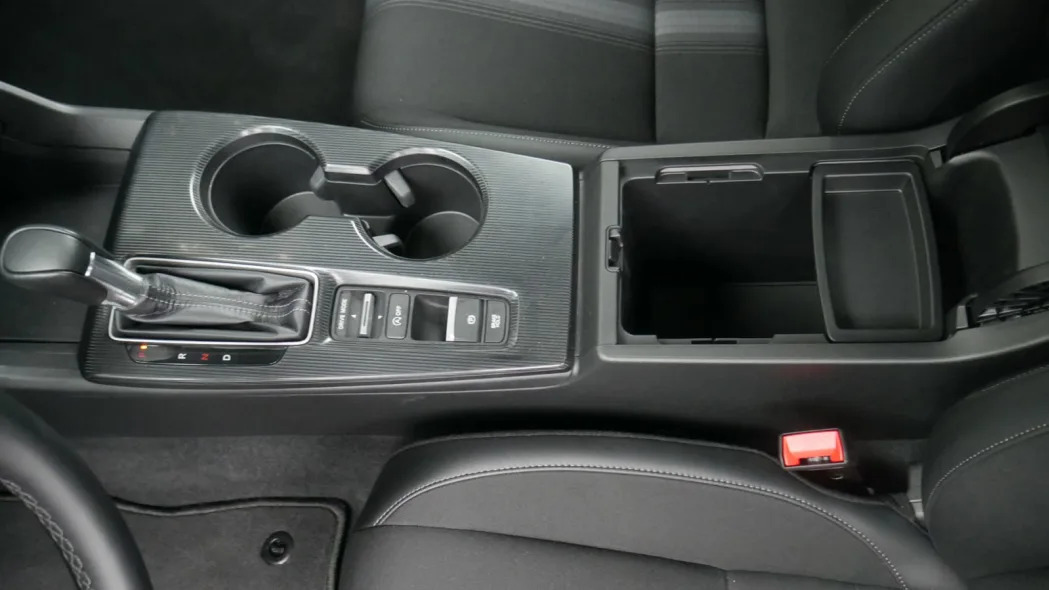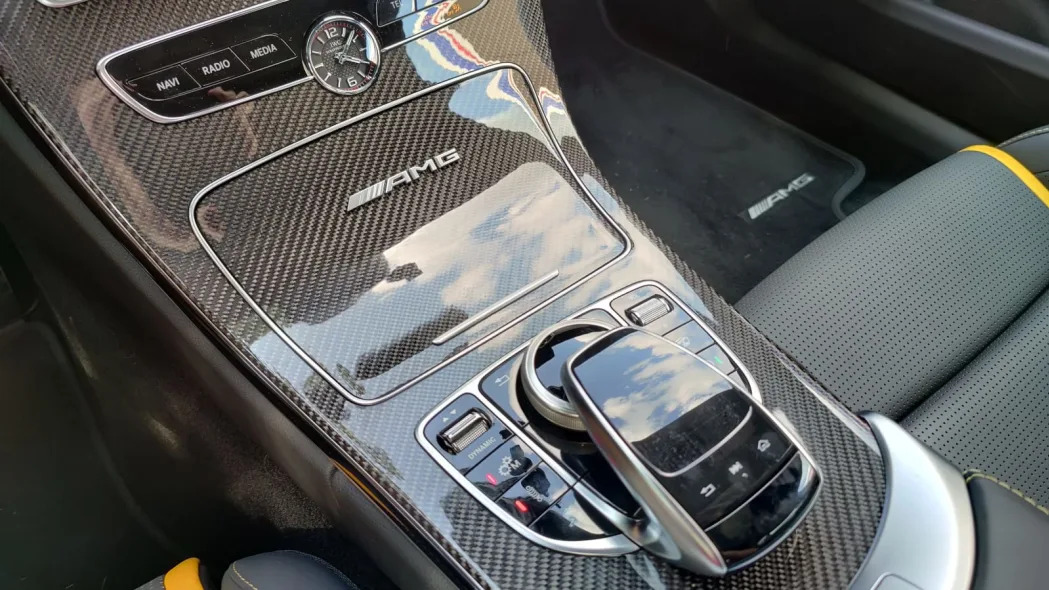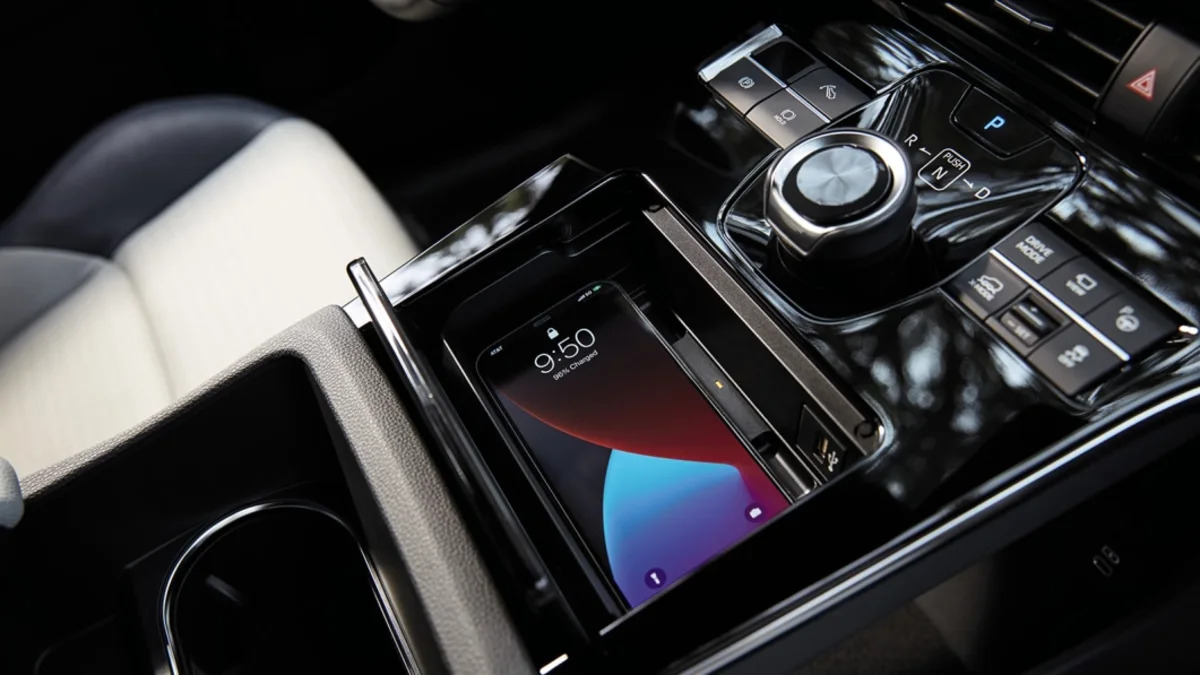I was really hoping this one wasn’t going to need writing, but there seems to be no end in sight for the scourge that is “piano black trim.” I’m talking about the glossy black trim that has somehow become a luxurious trim used to class up interiors that might otherwise be lacking in class.
Last week’s L.A. Auto Show reveals showcased plenty of it. Both the new Subaru Solterra and Toyota bZ4X are featuring piano black plastic in exactly the wrong places. Same goes for the new Kia Sportage, but these few examples are just a blip in what is a whole industry-wide obsession with glossy black.
This shiny trim looks good in fancy press photos of new car interiors, but it stops looking good soon after the photoshoot is finished. Anyone who owns a car with piano black trim already knows what happens to it over time. First, it gets coated in dust and particles — this only takes a day or two. Next, and this part takes a few months to a year, it gets terribly scratched up and generally looks horrible. It may just be the least durable interior trim material ever invented, and now it’s used on untold numbers of new cars.

Anecdotally speaking, the use of piano black trim has grown recently, and it continues to grow. In most cases, it’s replacing plastic that might otherwise have a flat black or gray finish. Those flat, non-flashy trim pieces hold up to years of abuse and don't get dirty anywhere near as easily as piano black does. That begs the question, why have automakers decided to flock to the new piano-black-everything style?
Perhaps, piano black interior trim is more effective at selling cars. We humans have a tendency to be drawn to shiny things like diamond rings and expensive watches. If one interior wows us with its sparkling flare where another is dull, it stands to reason that we could end up choosing the one that hit us with that initial “wow” factor.

Even as the trend runs full steam ahead, some are making a point about fighting back against piano black trim. Honda designed the new Civic’s center console without any piano black trim on purpose, instead opting for a lined, gray plastic. It’s not going to scratch or become dirty like piano black does, but it’s still a visually interesting piece of trim that is superior to no design at all.
This kind of intentional design is exactly what I’d love to see happen, too. Let’s get rid of any piano black trim that sits flat in the interior or is going to be subject to our frequent touch. If it’s flat, it’s going to collect dust instantly. If we touch it often or set things on it, the trim will scratch and quickly lose its luster. The only areas where piano black trim is acceptable are in spots that are vertical and in places where our fingerprints won’t frequently smudge it. Our long-term Hyundai Palisade mostly executes on this rule by limiting the piano black trim to certain areas like the infotainment surround, while utilizing a metal-like silver trim in high-impact spots.
And while we’re on this trim rant, let me also call out carbon fiber interior trim as another played-out trend. Any car with an inkling of performance seems to either be fitted with as standard (or offer as an option) carbon interior trim. I was once enamored with the idea of seeing carbon fiber in as many places as I can, but those days are long gone. Now, it just looks tired and cheap.

I still appreciate the use of carbon fiber for any exterior parts like the rear spoiler or side sills — full-carbon cars have their place, too — but its purpose is largely wasted on the interior. If the carbon trim were legitimately cutting real pounds off, then I’d be all for it. But for such limited use on the interior (strips on the dash, door or center console surround) it’s not cutting any tangible weight, and a beautiful wood or patterned metal trim would look significantly more luxurious.
Not to mention, the cost of adding carbon fiber trim is typically higher or similar to that of a far more lavish alternative. I’d much rather stare at an open pore walnut dash than one spackled with carbon fiber. And don’t even get me started on carbon fiber-trimmed steering wheels. The carbon behaves like all the metal in the car on hot days, becoming impossible to touch for the first several minutes of driving — that’s not a good quality to have in a steering device.
So, let’s say goodbye to both piano black and carbon fiber interior trim. The former is simply a poor idea for your interior’s longevity, and the latter has numerous, more attractive alternatives.
Related video:


Sign in to post
Please sign in to leave a comment.
Continue